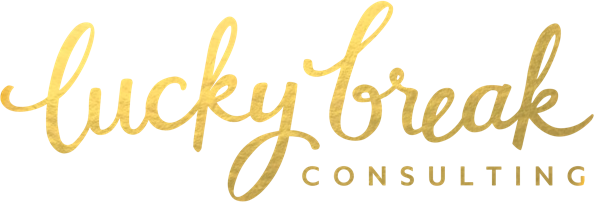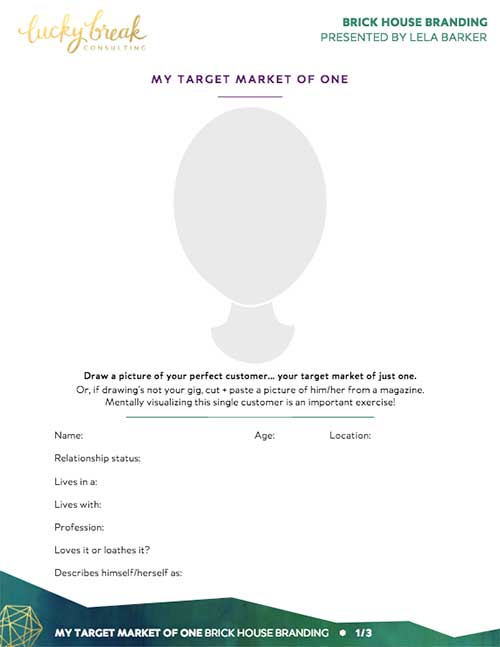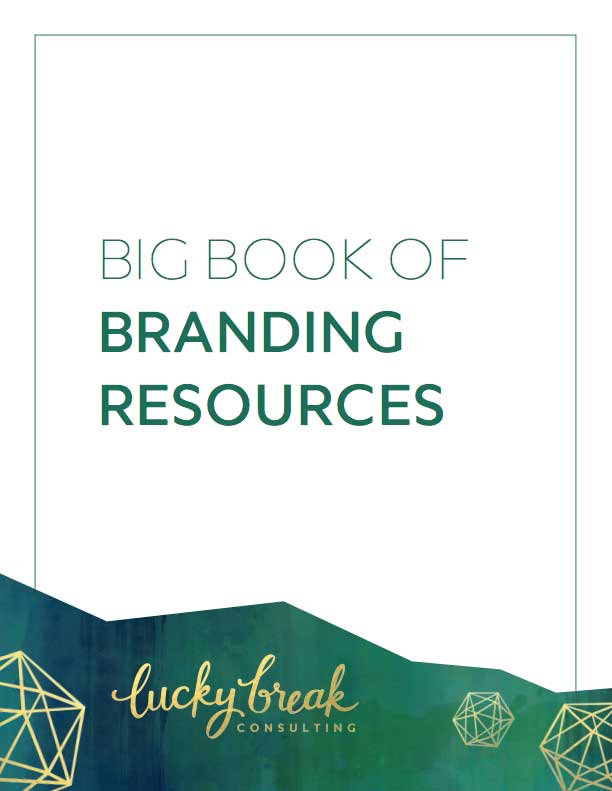Today kicks off an exciting two-part series on bootstrap branding. We’re sharing our juiciest resources, scouted from years of working in the trenches, to arm you with the tools designed to help you build a killer brand. We’re also going to walk you through the basic elements of a brand + show you how to build a brand identity that commands attentions.
So what is a brand, really? Is it your fancy logo, that catchy tagline, your lust-worthy products? What makes some brands sizzle while other seem to fizzle? And, how can makers – on small budgets – crawl in the ring to compete with large brands who boast deep pockets and teams of branding experts?
Many believe it’s the logo and graphic elements, such as illustrations, colors + typeface, that form a brand, because those elements are often referred to as branding. But the graphic elements are only a single piece of a much broader picture which represents the many synergies that come together to form a truly fantastic brand. Next week, in part two of this series, we’re going to focus exclusively on creating a strong graphical representation of a brand and walk you through (from start-to-finish) the design process of creating one from scratch. However, before we put pencil to paper, it’s important to understand the essential elements that comprise a brand, and this goes way beyond graphics.
To better understand what a brand is at its core, and what it is not, we gathered what seasoned experts had to say are a few of the key elements to building a strong brand:
1. The brand name. Your company’s name is the first step in developing your brand’s personality. It’s the biggest point of differentiation from your competitors and it matters. Consider a name’s spelling, meaning, sounds and cultural significance not only in your area, but around the world. Selecting a memorable name is crucial. You want your audience to cut through the clutter to find and recognize you!
2. Know your audience. It’s the emotional investment of your audience in your brand that ultimately leads to sales. The better you understand and tune into your ideal client, the more brand value you’ll create. In fact here’s an industry tip to try: create the persona of your ideal client. Give her a name and a residence. Is she Park avenue chic or the low-maintenace girl next door? Nail down everything she likes to do from the places she shops + eats to the type of salon that does her hair. She’s your new best friend and your brand should speak directly to her. A previous Lucky Break blog post should help dial you into this exact customer’s psychographics + demographics. Want a headstart? We’ve designed this free Ideal Customer Avatar download, which is one part art project, one part worksheet.
We invite you to print a copy and fill in all of the blanks that wind around the page with details about the life of the ideal customer that you’ve drafted. Then whip out your colored pencils or crayons and draw their likeness. Moving forward, all of your web copy, the styling of every product photo, each of your packaging decisions will be made with THIS one client in mind. Tack the completed worksheet by your computer and keep this single customer in mind as you expand your product offerings and marketing efforts.
3. Identify + share your unique story across all touch points, consistently. Messages, emails and telephone calls, for example, should support brand objectives, build trust and add value to the lives of your clients. From your retail display and packaging to your website and social media posts – your presentation should be strategic, authentic and offer some good to the world. Your story, and how you share it, is the heartbeat of your brand.
4. Stand for something + offer value. The more value your audience receives from you, the more often they’ll engage + deeper they’ll fall in love with your magic. Simply, your company ideals should be clearly + consistently presented to your target market in order to build loyalty. That’s the secret sauce. It’s better to stand for something of value to a select few, than stand for everything to every person. Focus on your target and her needs, and your brand will be her brand. This is how brand loyalty is earned.
5. Never stop growing. Keep an eye on trends, continue learning, ask for feedback, forge new friendships and request ongoing strategic advice. Keep your finger on pulse of your industry and move your brand forward year in and year out. Stagnant waters are the breeding ground for brand failure. Keep paddling onward + upward, even when times are tough.
6. Be daringly different. Be inspired by other brands, but always strive to innovate and move ahead of your competitors, not be neck to neck with them. Strategically develop as many points of differentiation as possible that will make your brand stand out. It’s fine to admire, but inspire to be even better.
If you consider these key elements as first steps in brand development, you’ll be armed + ready for brand success.
BONUS! To help catapult you in the right direction, we have an extra special gift for you. After prying into the little black books of the Lucky Break team, scrolling through the golden nuggets shared by current + past LBU students on Facebook, and scouring the internet for the best of the best for makers, we’ve compiled one hell of a brand resource book for you. We’re calling it our BIG Book of Branding Resources + it’s the cat’s meow, friends. The bee’s knees. The shizznit. Oh, and did I mention that it’s completely complimentary? Indeed. Find great resources for everything from brand swag to DIY design + packaging tools and everything in-between. We’ve succinctly described and linked 6 pages (150! resources) of branding goodness, just for you. Snag your copy by clicking the cover below and please share the love with your maker community.
Click here to download the Lucky Break Big Book of Branding Resources!
We created a little branding experiment and we hope you’ll join us next week for the big reveal. Our mission? Create an entire brand identity on a peanut-sized budget, in less than 10 days flat. Next week, we’ll document the entire process of designing a brand’s graphic representation, created using the same sources we’re sharing in our BIG book. We’ll walk you through how we did it + how you can do it, too.
Have a great branding resource you’d like to share? We’d love to hear about it in the comments!







There are some great names in that branding resource! And a few we weren’t familiar with…looking forward to getting to know them!
I would recommend to add Storenvy to the eCommerce platforms and not recommend Volusion their in-house credit card processing system has a ton of “hidden charges”, I would only recommend them with using pay pal for the merchant account, photo dune net for stock photos, the Languid Lion is an amazing design | logo | branding studio & I recommend myself for branding & design 🙂 Digital Candy Graphic Arts.